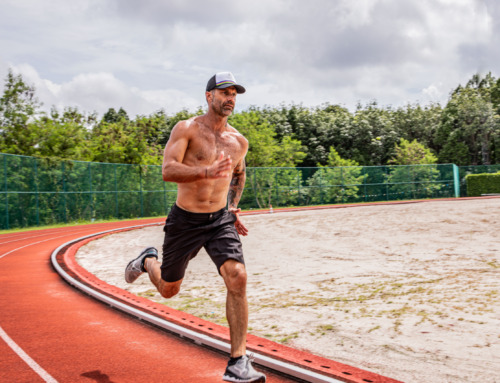By Damien Rider
This Blog is about understanding what the subconscious is and the behaviors that come from the thoughts that you’re not always aware that you’re having.
The Subconscious Mind
The subconscious mind, meaning the thoughts that influence you without your full awareness, make up 90% of your mind. That means that all the thoughts, ideas, opinions, and capabilities you know about are only scratching the surface of what really goes on in your mind all of the time.
Your subconscious mind is responsible for your strongest beliefs, many of your behavioral patterns, and even your automatic breathing patterns, your motor signals, and more.
John A. Bargh, a professor of psychology at Yale, says that we have unconscious behavior guidance systems that are constantly coming up with ideas on what to do next. They also often consider or even act on those ideas without even being consciously aware of them.
There are sayings like “you can’t teach an old dog new tricks” or “a zebra can’t change his stripes” that suggest that once a person behaves a certain way, that’s who they are. However, now that we know that the subconscious is searching for information and ideas under the surface, we know that the thoughts that drive our behaviors and personality can change.
Left unchecked, the subconscious mind can continue to run its course into negative self-talk and harmful actions, but by choosing to consume information with the intention of bettering our lives, we can feed our subconscious better ideas.
We can teach our subconscious a new set of beliefs about relationships, money, health, sleep, more, and ourselves.
The Difference between Subconscious and Intuition
The definition of intuition “is the ability to understand something instinctively, without the need for conscious reasoning”. Intuition is a “gut feeling”, in your body that only you experience. For example, walking into a room, you’ve never been in before and knowing that something wasn’t right. The intuition then scrolls through the subconscious memory bank and puts forward a suggestion to the conscious mind of previous emotion or action. It’s the part of our humanness that we can make the ‘instinctive’ decisions for us if we allow it. This is how we lived before our analytical thought, and our brains took over. By understanding that we can change the subconscious mind’s abstract, narrative and the information, it will send the conscious action it’s update. We can then listen to the intuitive mind with greater trust.
Through the controlled breathwork connection you now understand on a greater level, a change can be made in the physical, mental, and emotional response of the conscious action without conscious reasoning or dispute.
By consciously retraining the breath pattern to breathe in through the nose, down to the belly, and release gently through the mouth in a repetitive conscious learning process, the subconscious role in the autonomic nervous system changes. Your breathing will continue to be relaxed until another stimulus changes it, like stress, but this time you will have a set of tools to quickly re-correct to a calm state. This works on the physical, mental, and emotional states of stress and trauma.
The communication between the conscious and the subconscious mind is two-way. You give your subconscious mind tasks, desires, and goals. It gives you back information, opportunities, and ideas. The method of visualizing thoughts to the subconscious mind is called autosuggestion. It comprises all self-administered stimuli that reach one’s mind through the senses. The dominating thoughts that remain in the conscious mind, negative or positive, make their way to the subconscious mind and influence it. A thought dominates if a strong emotion empowers it. The more you repeat it, the stronger you believe in it, the more emotion you put into your thought, the better the result.
Breathwork done as suggested in this book, slows down your train of thought and brings it back to the present moment. By doing these techniques, we’re able to work with our subconscious mind and train it to stop choosing harmful, default patterns. By reprocessing our beliefs, patterns, and trauma by adding progressive movement, opened eyed meditation, widening surrounding awareness, and positive self-talk, we begin to rewire our subconscious mind. Everything begins to move forward, and the same directional journey can change to a completely different and positive purpose and intention.
When this happens, you first notice that your mood begins to change. You feel calmer, more focused, and more appreciative than you used to. Soon, the way you communicate and behave changes. Others see something different, even if they can’t quite pinpoint what it is, but before you know it, your relationships, opportunities, and future outcomes are improving.
This week, go for a walk using your new skills and knowledge, begin to create a powerful visualization of your future. Make it as vivid as possible, and even use your senses as you begin to see, hear, touch, taste, and smell your future outcomes and environment. Your subconscious mind will learn new possibilities based on your visualization and give you new ideas on making your goal an undeniable reality.
We know that everything is made up of energy and vibrations and know that subconscious beliefs open the doors of possibility. In the past, it may have seemed impossible that we could create a new reality– trauma and stress foreclosed on happy experiences before we could even imagine them, but through the learning from this book, we have that opportunity again. Since our thoughts are energy, it only makes sense that repeated images, affirmations, deeply held beliefs, fears, and desires have a profound effect on our larger reality.






